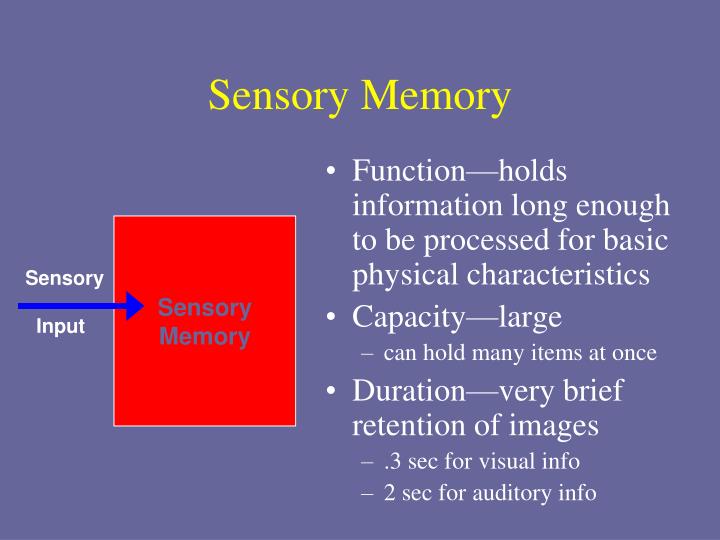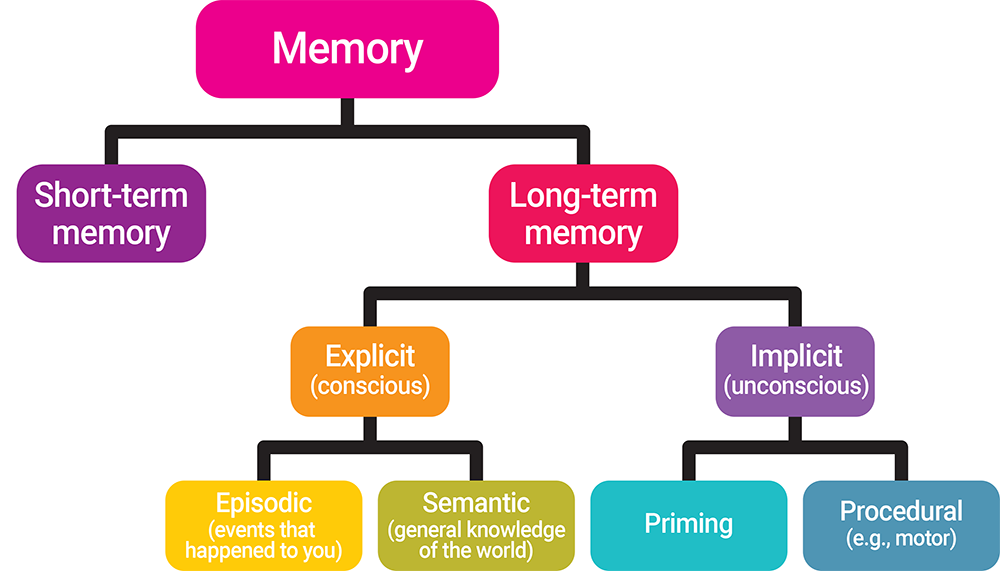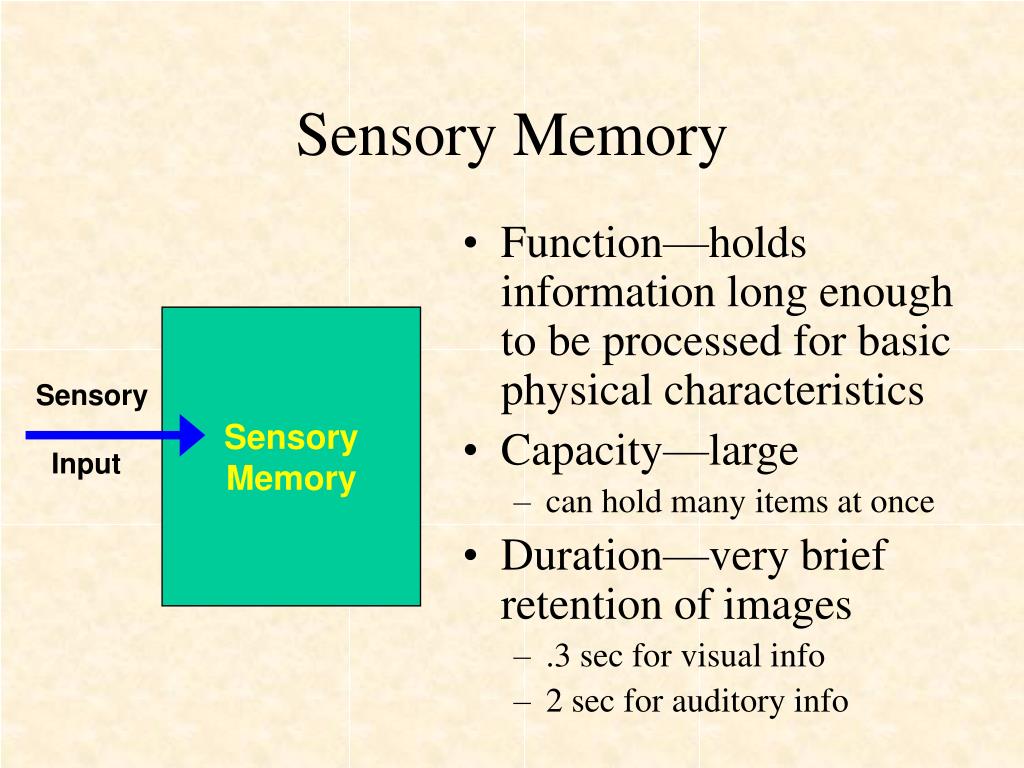

Then, capacity is limited to four objects, which is the well-known limit of visual working memory ( Luck and Vogel, 1997 Vogel et al., 2001). Using this procedure, several studies have shown that retro-cues dramatically boost change detection performance ( Griffin and Nobre, 2003 Landman et al., 2003 Lepsien et al., 2005 Lepsien and Nobre, 2007 Makovski and Jiang, 2007 Matsukura et al., 2007 Makovski et al., 2008 Sligte et al., 2008, 2009) compared to when the same cue is presented after the change (so-called post-change cue). To be effective, a retro-cue requires people to search their memory for the identity of the object that was presented at the signaled location before.

In the design of these studies, a partial-report cue is presented during the delay of a change detection task and the cue retrospectively singles out the item to change before the potential change occurs (so-called retro-cue). Recent studies have suggested another form of VSTM that operates in between iconic memory and visual working memory.

This distinction between the richness of your immediate perception and the impoverished image you keep in memory finds its analog in different forms of visual short-term memory (VSTM) for a fraction of a second after image disappearance, iconic memory maintains a high-capacity representation of the outside world ( Sperling, 1960 Averbach and Coriell, 1961), while visual working memory maintains a maximum of four objects for longer periods of time ( Luck and Vogel, 1997 Vogel et al., 2001).

You will probably realize that you can remember little of what you have just seen, with the exception of a few visual “hotspots” or objects that seem to last in your mind’s eye. Then close your eyes for a brief period of time and try to bring back an internal image of what you have just seen. Look around you and consider the richness of the visual world revealing itself anew with each eye movement you make. This suggests that people maintain many high-resolution representations in iconic memory and fragile VSTM, but only one high-resolution object representation in visual working memory. Moreover, when people detected the change, they could also identify the pre-change object on 88% of the iconic memory trials, on 71% of the fragile VSTM trials and merely on 53% of the visual working memory trials. We observed that people maintained 6.1 objects in iconic memory, 4.6 objects in fragile VSTM, and 2.1 objects in visual working memory.
#SENSORY MEMORY PLUS#
Accurate change detection plus pre-change identification requires subjects to have a high-resolution representation of the “pre-change” object, whereas change detection or identification only can be based on the hunch that something has changed, without exactly knowing what was presented before.
#SENSORY MEMORY TRIAL#
We presented people with a change detection task that measures the capacity of all three forms of VSTM, and we added an identification display after each change trial that required people to identify the “pre-change” object. Still, the resolution (or amount of visual detail) of each VSTM stage has remained unexplored and we test this in the present study. According to recent studies, VSTM consists of three stages – iconic memory, fragile VSTM, and visual working memory – with increasingly stricter capacity limits and progressively longer lifetimes. Visual short-term memory (VSTM) enables us to actively maintain information in mind for a brief period of time after stimulus disappearance.


 0 kommentar(er)
0 kommentar(er)
